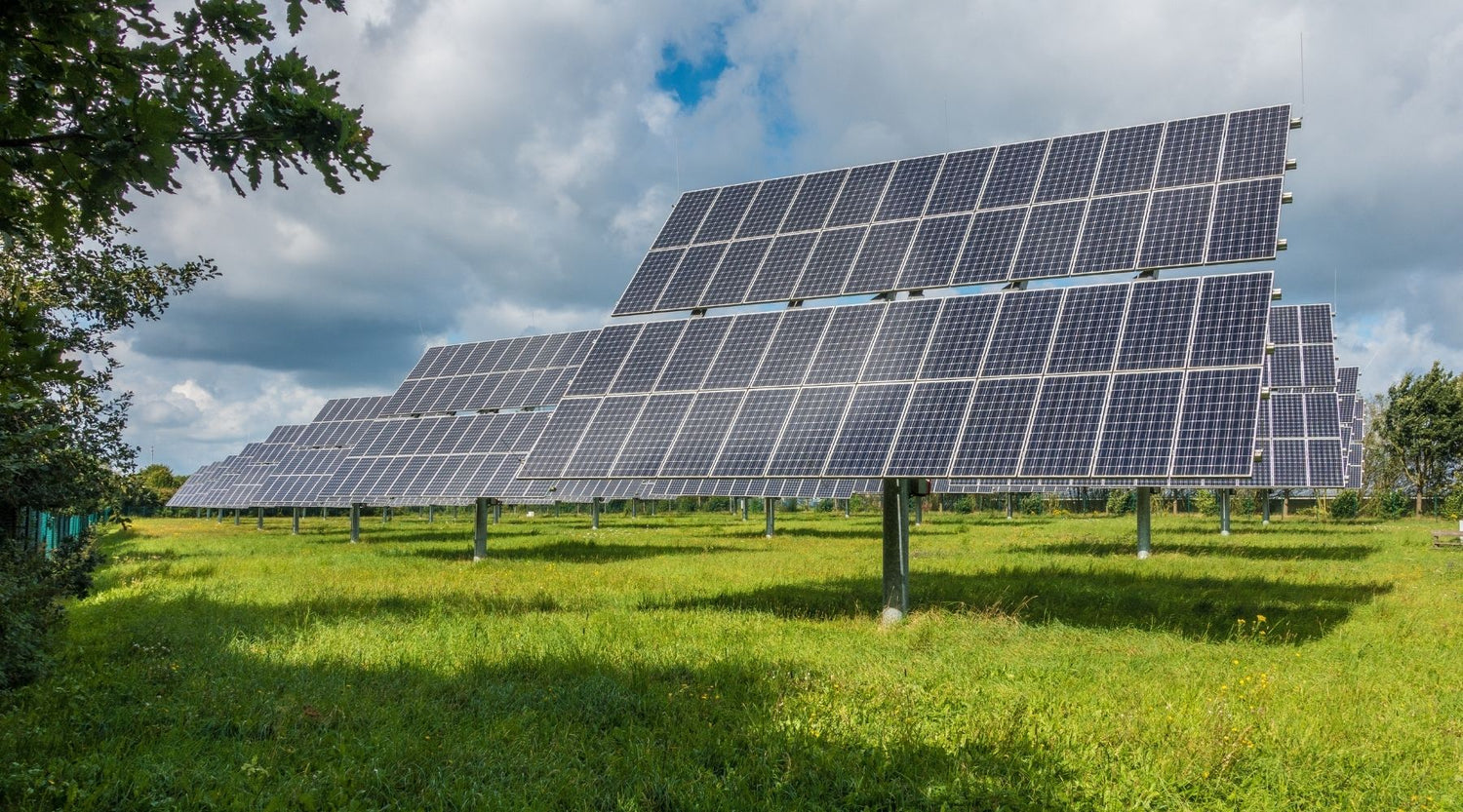
Renewable materials tips and tricks
The necessity of sustainability is really impressive in the 21st century. Both recyclable and renewable resources will help to make the planet safer, greener, and better for future generations. They can also be produced in high enough volume to be economically useful. Let’s talk about renewable resources in detail.
What are renewable materials
Materials that can be replaced or replenished at the same time as it takes to use them are called renewable resources. Obviously, solar energy is an endlessly renewable resource, as is wind energy, wave energy, and geothermal energy. Other resources, such as wood, oxygen, leather, and fish are also considered renewable even though they take work to gather. Many precious metals are also considered renewable; even though they are not naturally renewed, they can be recycled as extraction and use does not destroy them.
Why use renewable materials
The intent is focused on not creating harm to the environment, and to prevent as much harm from occurring to the environment through your interactions with it. It goes beyond an idea and extends to actual practices that influence how communities, businesses, and individuals conduct themselves. Eco-friendly products promote green living that helps to conserve energy and also prevent air, water, and noise pollution. They prove to be boon for the environment and also prevent the deterioration of human health.
The most renewable materials
That, in turn, translates into more efficient use of resources, fewer carbon emissions, and a better-conserved planet. We are pleased to introduce the top seven rapidly renewable materials.
Bamboo
Bamboo is probably the best known renewable material, and it has long been valued as an alternative to wood. Currently growing on all continents except Antarctica, bamboo can be harvested every 2 to 5 years without damaging its root system or the surrounding environment - in contrast, hard timbers take decades to mature. Even better, bamboo grows on its own. It needs only 1/3 of the water that a cotton plant needs to grow, and no pesticides or fertilizer.
Cotton
The second material is cotton. It is a natural, renewable fiber that does not contribute to net greenhouse gas emissions. To produce the equivalent amount of fiber, cotton requires only 1/5 of the land required by wool and 1/20 of the land required by silk. Cottonseed can also be converted into biodiesel or used for feeding livestock.
Corn
More than just a food staple, corn provides substitutes for petroleum feedstocks. Compared to gasoline, the average corn ethanol reduces greenhouse gas emissions by 34%, making it one of the best tools to fight air pollution from vehicles. The poly-lactic acid derived from corn starch is also a biodegradable polyester and a plastic substitute.
Cork
Another rapidly renewable material is cork. It is harvested from the bark of cork oak trees every 9 years. A tree can live up to 300 years and supply cork for many generations. Cork oak forests extend across Portugal, Spain, Algeria, Morocco, Italy, Tunisia, and France, supporting one of the world's highest levels of forest biodiversity, second only to the Amazonian Rainforest.
Agrifibers
They are by-products of crops, including but not limited to cereal straw, sugarcane bagasse, sunflower husk, and walnut shell. They are inexpensive, readily available, and strong under compression. Processed and mixed with resin, agrifiber boards have very similar characteristics to wood boards, but agrifiber boards are lighter, more stable, available at competitive prices, and have a smaller environmental impact.
Wheat
When it comes to biofuels used for renewable energy, wheat is not a fuel source that’s often mentioned. However, as renewable energy evolves, wheat continues to emerge as a sustainable energy source, and those who own pellet stoves can only stand to benefit. Flex-fuel stoves accept a wide variety of pellets made from different types of biomass, and wheat and wheat pellets are emerging as a valuable option for heating your home.
Linseed
The linseed plant contains a high amount of oil in its seeds which can be converted to bio-diesel. The seed of the plant is used for the augmentation and the manufacture of linseed oil. At the end of the chain, the stalk parts and the roots are used for the manufacture of the flax wasteboard. In this manner, 100% utilization of the flax plant is achieved. Flax is a renewable raw material because the plant can be regenerated in a relatively short time and a considerable quantity.
Great renewable materials
Choosing renewable materials means relying less on non-renewable sources. We can save the planet together with the help of renewable materials. Always lookout for a recycling symbol when you visit the grocery shop to buy items for your home. That will make you environmentally responsible and eco-friendly.